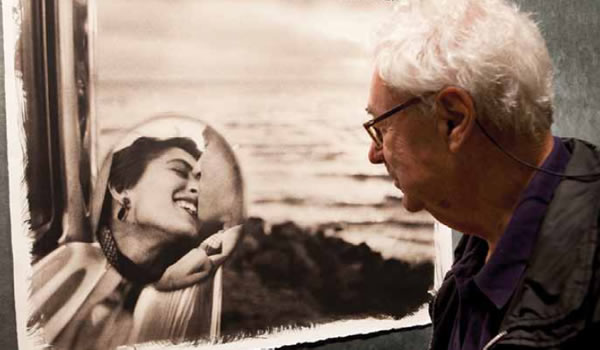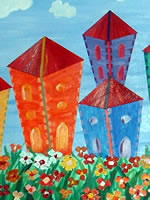Photography is an art form that, with the advent of the digital world, has suddenly become more accessible to the average person: not only do we have digital cameras and photo-enhancing programs such as Photoshop, we also have apps like the iPhone’s Hipstamatic app, which lend a vintage, classic, and aged feel to photos that you snap with your phone. Social media such as Facebook photo albums, Twitter Pics and Pinterest then make sharing a breeze.
In a way, I love that we can do this – the worl d is such an inspiring place that great photos happen all the time; it’s wonderful that technology has advanced to allow us all the ability to take and share photographs easily.
d is such an inspiring place that great photos happen all the time; it’s wonderful that technology has advanced to allow us all the ability to take and share photographs easily.
However, I am still drawn to older, black and white photographs. Where with photographs of nature I like to see the colours represented, when it comes to photographs of people, or of more urban areas, I am much more drawn to black and white photographs. There is something about them that appears more authentic, an honest capturing of a moment – even though I know the photograph is still a highly constructed art form. And I am aware that part of the reason I can enjoy older photographs today is through the internet, which allows me to explore collections from my chair at home, and through digital enhancements, which can recover older photos to truly make them shine to their full potential.
In light of this, I’d like to take a look at two photographs from esteemed photographer, Elliott Erwitt.
The first, “USA. California, 1955”, or more commonly known as “California Kiss”, is famous and beloved around the world. Not only is the content undeniably, heartbreakingly romantic—two figures, caught in a moment of laughter and love in a side-view mirror, by a sea upon which the sun sets, no less— it is also the skill of the photography that has drawn people. The clarity of the image, the attention to detail. It is at once this moment of honesty and spontaneity, and one of construction. The observer can choose to believe in the honesty of the moment – that it really was caught in time, so to speak – or appreciate the construction of it because of what it achieves: a romance, a fantasy, a story.
The next photograph is a favourite: titled “Wilmington, North Carolina”, it is fascinating on a range of levels. Even more than “California Kiss”, this photograph really toes the line between spontaneous and construction: the woman walking by really seems to be caught observing, mid-step, the mannequin observing her. At the same time, the way the photo is taken through the glass, letting some, but not all, of the reflection come in, is highly arranged, and fascinating in that way. The photograph draws the eye to angles and content: the mannequin, by the tilt of the head, seems so real, so believable. The passerby looks at once startled and intrigued by the mannequin: as if she feels the mannequin wistfully looking after her, wanting to get up and walk away, to be human! Or perhaps the woman is thinking how she would like to be the mannequin, to have the flawless face and body. This photograph engages with questions of image, of consumerism, and also fantasy and whimsy. Overall, the photograph achieves a sense of imagination and intimacy.









